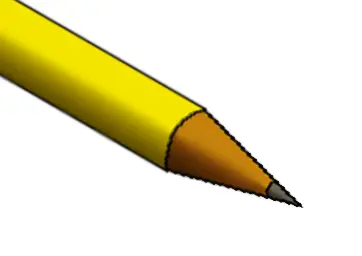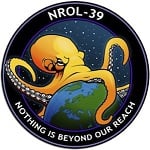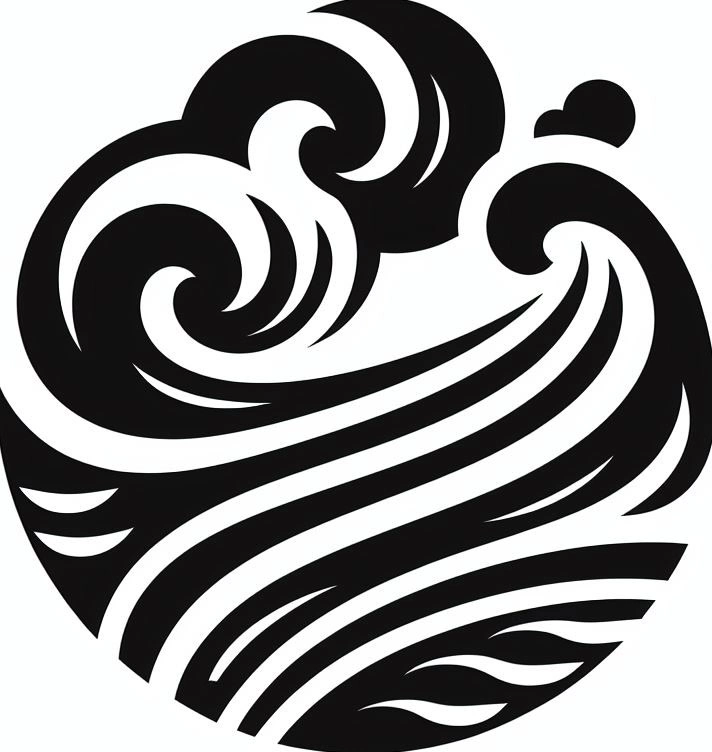Animal bladders and other organs were used as portable water containers.
Or things like gourds
I was just gonna say, a squash that I cut in half, hollow out and dry is pretty low-tech stuff. Could probably use a coconut if you were in a pinch… Lot of options.
Where’d you find the coconut?
We found them.
Swallow based delivery service
I dated a girl like that once.
And skins, tanned, stitched, and treated with resin. Pottery is also an ancient skill.
We had water bottles way before plastic… we used wood, mud, clay, stone, and animal parts to store water before recorded history…
Dehydration is but a secondary concern as you’re being chased by a sabertooth tiger.
Do you think you could run further or not as far while dehydrated?
Further if there was a sabertooth tiger chasing me
I know it’s hard to believe, but in a majority of places on Earth, water is readily available.
Most of the water on earth isn’t drinkable, it’s salt water.
Was
For now
(Evil Nescafe laughter): Muahahaha!
I think it’s more accurate to say that water is readily available in places where humans are likely to go. Because, you know, humans don’t tend to go where there is no water.
Water is the original USB C
USB C … C … sea … you might be onto something there 😂
Don’t drink sea water!
Well I don’t think you can actually see water. I think we’re just seeing the light around us being bent by it.
For the most part, yes, at least on a large scale. Proximity to a water source was pretty much a requirement for developments for most of history.
On the smaller side of things, other commenters have already mentioned that we had ways to store water before bottles existed.
Going backwards in time, they had metal and brass containers, before that they had wooden buckets and barrels, ceramic pots, carved out animal parts or fruit of plants.
Before farming, probably a good portion of the water early people subsisted on was from the food they ate. (Berries and fruit, fish, meat, etc.) Water might pool around rocky areas after rain, even if there was no stream nearby in a pinch.
For the most part, yes. That is why they tended to congregate around water sources. Even early settlements and towns and cities were near waters sources even after we had portable water containers because water is heavy and large numbers of people need a large water source.
But before we changed the environment significantly, there were a lot more potable water sources. More streams, more water pooled up after rains, etc. that could be ingested because of a lack of human pollution. If humans were within a days walking distance of a water source, they could do their hunting and gathering nearby and drink up afterwards.
Yes. Throughout history, people have almost always built their settlements close to major bodies of (fresh) water. For example, you’d be hard-pressed to find a major city anywhere in the world that doesn’t have at least a stream near where it was founded, if not a full-blown river that still runs through the middle of it.
Las Vegas being the exception that kind of proves the rule.
If you look at the top 10 cities, all of them have a river, except Mexico City. That’s the real outlier. Large cities require lots of water, and that city is a really weird exception.
Tenochtitlan was a “floating city”, with artificial islands created on top of Lake Texcoco. Mexico City was founded on top of the ruins of the old Aztec capital and the lake was mostly drained.
To overcome the problems of drinking water, the Aztecs built a system of dams to separate the salty waters of the lake from the rain water of the effluents.
A city that’s barely a hundred years old isn’t really relevant when talking about history of the human race predating the invention of bottles.
Earliest glass bottles are thought to be from 1500 BC according to https://en.wikipedia.org/wiki/Glass_bottle. Even plastic bottles might be twice as old as Vegas according to https://en.wikipedia.org/wiki/Timeline_of_plastic_development but that depends on definition of plastic.
Let me introduce you to Regina.
That would appear to have been founded after the invention of water bottles.
Early planners took advantage of such opportunity by damming the creek
The creek is 3 feet wide in places and can dry up during dry seasons. The “lake” is 3 feet deep. The city was founded there because the governor owned land on the bald prairie, not the river valley where the fort and city already existed. Water is piped in from a lake several miles away.
You ever notice how every other animal manages to survive without water bottles? It was like that for most of human existence, before we figured out water skins and wooden cups and clay jugs.
getting water used to be a daily chore. ever hear that song “jack and jill went up the hill to fetch a pail of water?” or see the old kung fu movies where they train running water up staircases?
Or in areas of Africa where that is still a daily chore
Humans sweat. It is one of our superpowers and enables endurance hunting. Anthropologists theorize that early humans would have had to have developed water carrying technologies for this to be viable. They study primitive hunter gathers who still practice endurance hunting and they use water skins during the hunt.
That is super cool!
Yes, humans used to live much closer to water sources. On a town level, if you didn’t have a creek or river or water somewhere nearby you just didn’t settle there. Available water was absolutely necessary for agriculture, domestic animals, cooking, washing, and of course drinking. On a personal level, you would go in the morning to a central well or water source and gather your water you would need for the day. Depending on the household needs it might be multiple trips with heavy, full vessels. You would put the water in to household water vessels, like a basin for cleaning or a ewer for washing or your cook pot. If you were thirsty at home, you would take a dipper (basically a ladle) and take some water from the household supply.
Where did you get the impression we didn’t used to have water bottles? They weren’t made of plastic or metal but humans have carried water with them for probably as long as we’ve used tools. You can carry water in drinking horns, in clay pots, wooden buckets, in dried out animal bladders or leather skeins, and there’s literally a type of gourd called a “bottle gourd” which has been dried out and used as a personal water bottle for milennia across any region that can grow them. Don’t underestimate human ingenuity, we didn’t always have access to the same technology and materials but we have always been able to problem solve.
Adding to this, some plants and fruits have high water content (watermelons and some cacti), so you could keep your body hydrated without drinking water. For hunter-gatherers, who could likely be on the move away from water sources, this knowledge was crucial.
More interestingly, baobabs, huge “fat” trees found throughout the African continent, can be used as water tanks
Pots
You know the smell dirt makes when its wet? It’s called petrichor and humans can smell it better than sharks smell blood in the water. It is detectable by the human nose at 0.4 parts per BILLION. This gave early humans a huge advantage in finding water when needed. https://en.m.wikipedia.org/wiki/Petrichor
Literally called dirtblood, I love it
I was trying to think of that word just a few days ago when I went outside and could smell that a storm was coming, then my ADHD kicked in an I forgot about it.
Get dunked on, sharks.
There is an Indian perfume base called Mitti Attar which tries to replicate this smell. It’s like damp moss at first scent, then develops into rain on hot sand. It is entrancing. Proper Mitti Attar sells for thousands and takes years to make.
Really?
https://en.m.wikipedia.org/wiki/Waterskin
Also, there was an ice age. Not everyone lives in scorching climates. Theres fresh water around me 247/365. As waterskins are somewhat recent probably, in terms of evolutionary history.














